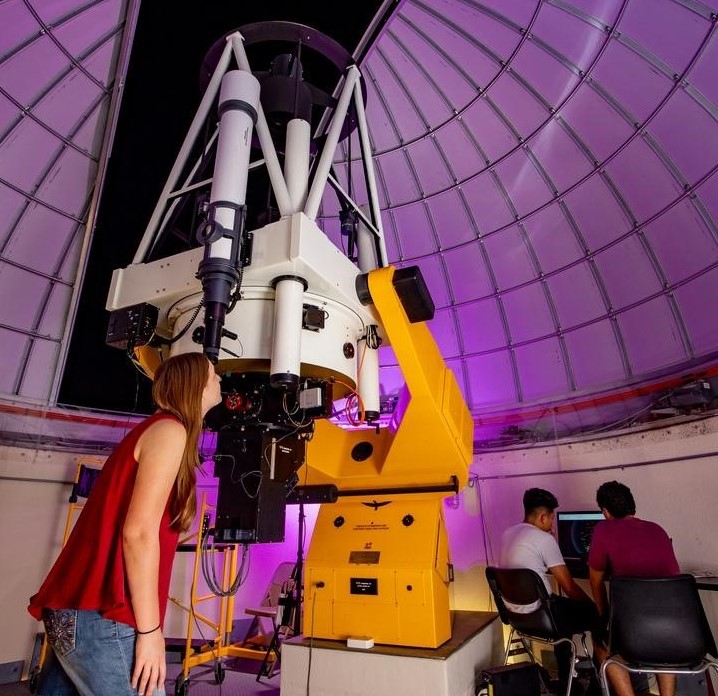Document Type
Article
Publication Title
The Astrophysical Journal Supplement Series
Abstract
We provide updates to the Kepler planet candidate sample based upon nearly two years of high-precision photometry (i.e., Q1-Q8). From an initial list of nearly 13,400 threshold crossing events, 480 new host stars are identified from their flux time series as consistent with hosting transiting planets. Potential transit signals are subjected to further analysis using the pixel-level data, which allows background eclipsing binaries to be identified through small image position shifts during transit. We also re-evaluate Kepler Objects of Interest (KOIs) 1-1609, which were identified early in the mission, using substantially more data to test for background false positives and to find additional multiple systems. Combining the new and previous KOI samples, we provide updated parameters for 2738 Kepler planet candidates distributed across 2017 host stars. From the combined Kepler planet candidates, 472 are new from the Q1-Q8 data examined in this study. The new Kepler planet candidates represent 40% of the sample with R P 1 R ⊕ and represent 40% of the low equilibrium temperature (T eq < 300 K) sample. We review the known biases in the current sample of Kepler planet candidates relevant to evaluating planet population statistics with the current Kepler planet candidate sample.
DOI
10.1088/0067-0049/210/2/19
Publication Date
2-2014
Recommended Citation
Burke, Christopher J. and Ragozzine, Darin, "Planetary Candidates Observed By Kepler IV: Planet Sample From Q1-Q8 (22 Months)" (2014). Aerospace, Physics, and Space Science Faculty Publications. 287.
https://repository.fit.edu/apss_faculty/287


